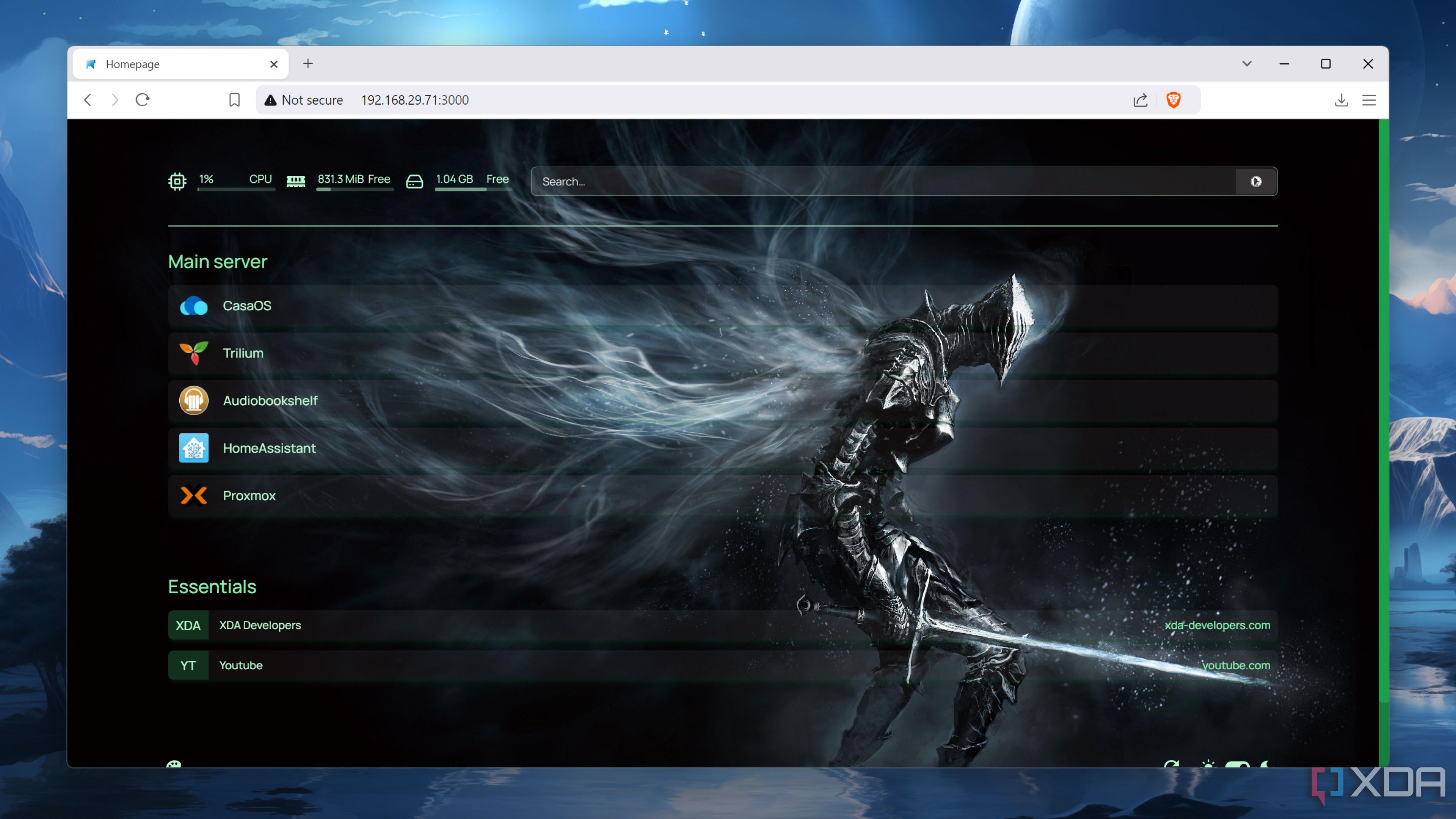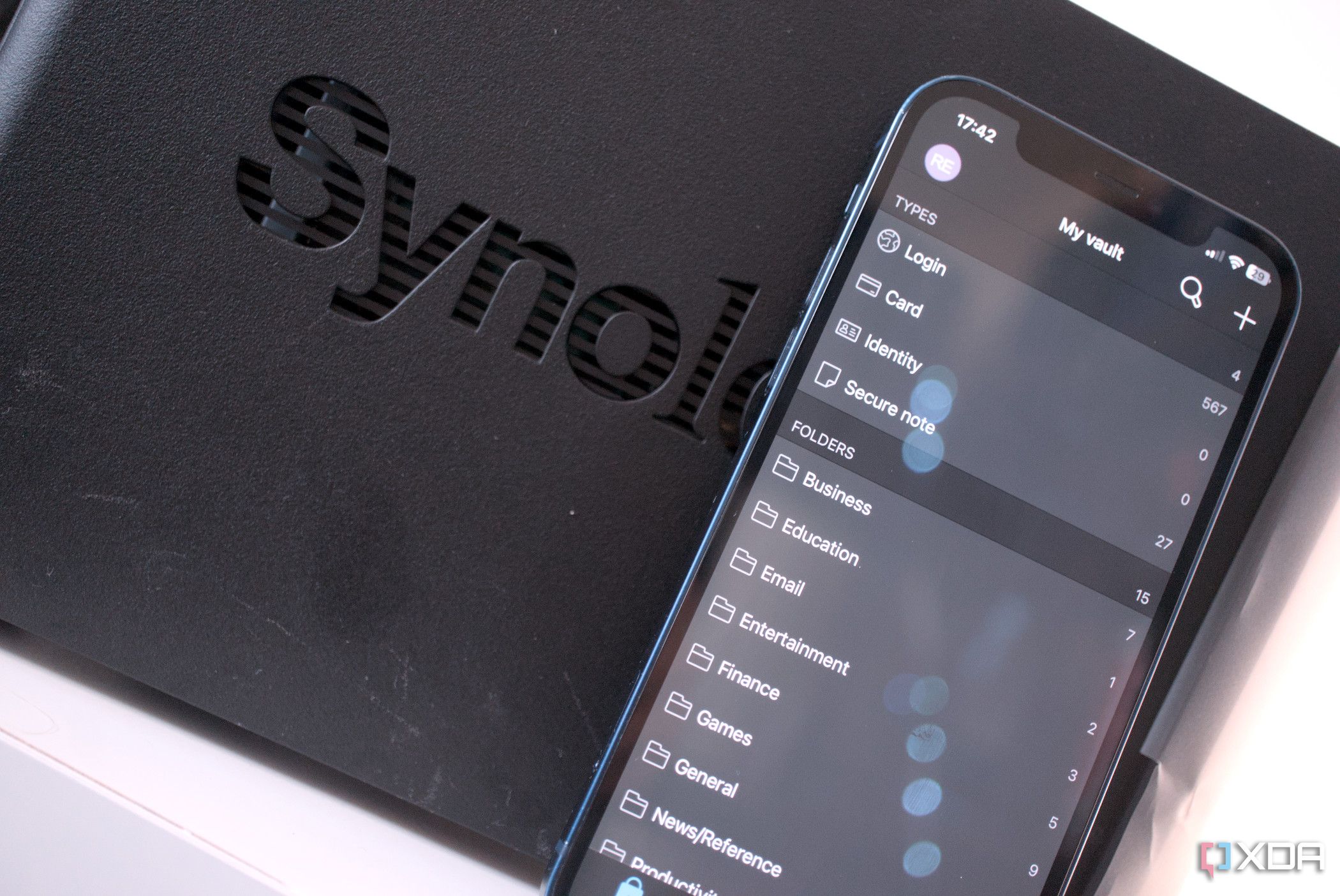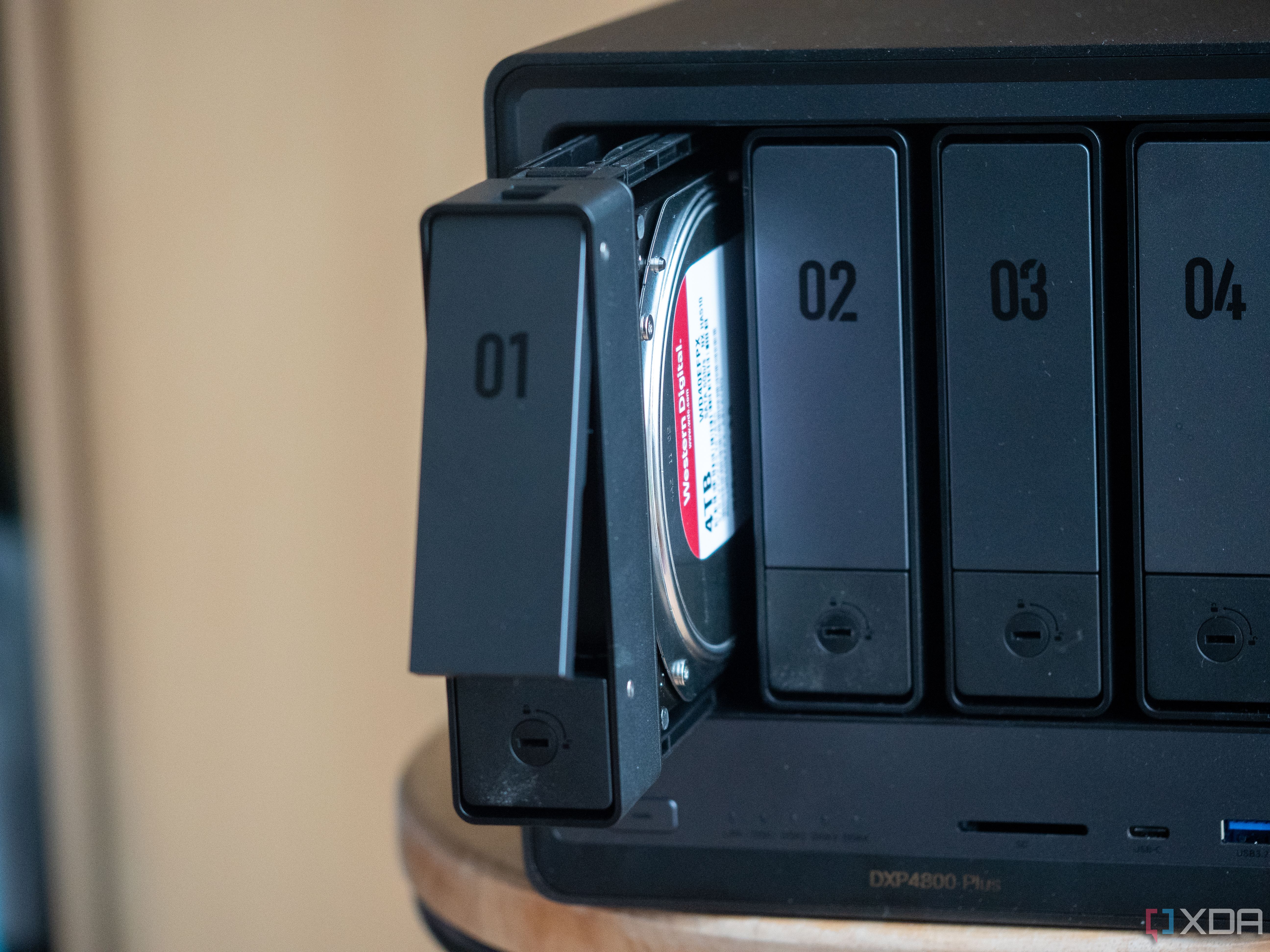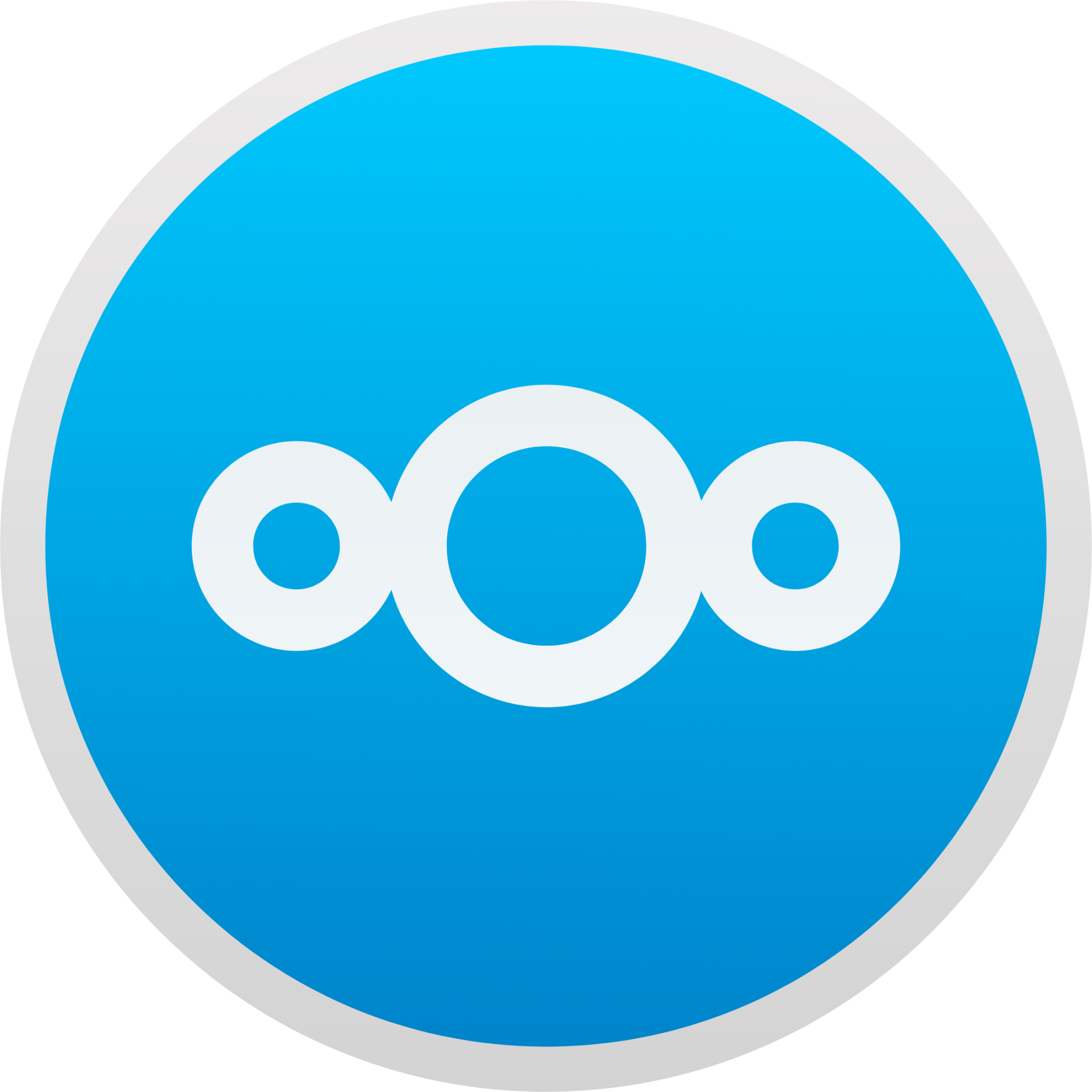I need to remain productive. Whether I'm playing games, out for a walk, socializing, or working, I always have the mindset to do something. It's why I got on so well with Obsidian as the app enabled me to crack on with projects, ideation, and more, no matter where I was or what I was doing (within reason). But when it came to being productive with documentation, checking emails, adding events to calendars, and managing contacts, I've always had my data scattered across different services. My email is with Microsoft, while all my docs are on Google Drive.
It was time to bring everything under one self-hosted roof, which is where these handy containers came into play. Using this container stack, I was able to transform my network-attached storage (NAS) system into a productivity powerhouse.
3 Homepage
Welcome home
Homepage is an absolute beast of a container for anyone who self-hosts more than one service from home. With this small yet versatile container up and running, you can configure it with shortcuts to all the productivity apps and services running within the network. It's a great way to avoid having to remember port numbers or configure network-level settings to use a domain name, and makes sharing your productivity resources seamless with guests or family members, especially if they're less tech-savvy.
Should you also have media streaming platforms like Jellyfin, Immich, or Plex running, Homepage can even tap into available APIs to display relevant information at a glance, allowing you to quickly check on the status of services without loading them up. It's what I have configured as my homepage (hence the name) on all my browsers, and even have a version for the guest network with some handy resources available to make the most of their stay at our home.

Related
This is hands-down the best dashboard app for your home lab
From a sleek UI to endless customization options, Homepage has it all!
2 Vaultwarden
The king of passwords
I love Bitwarden and have used the password manager for many years without issue. The only drawback I had was that it wasn't self-hosted. Now, don't get me wrong. I know how secure these password manager vaults are, and I understand Vaultwarden takes its security measures seriously, but I'm already in the self-hosting mood, and thankfully, there's a Docker container for hosting Vaultwarden from your own system. It also allows me to force family members to finally use a password manager, even if we're starting to migrate away from passwords altogether.

Related
I self-host Bitwarden and here's why you may wish to do the same
Bitwarden is a must-have tool in your security arsenal, and here's why you should self-host it at home.
1 Nextcloud
This one's obvious
Nextcloud is just brilliant. This single Docker container has the potential to completely replace Microsoft 365, Google Docs, and anything else you could find that costs you a monthly subscription. With Nextcloud, you can store and share files, chat and video call, take advantage of calendar, contacts, and mail, and enjoy powerful office apps. It's an entire suite of tools with AI-powered functionality and full collaboration between users, making this a fantastic container to run at home for the family.
It's even possible to integrate Nextcloud into the Microsoft ecosystem, allowing you to migrate everything across and slowly transition to a free productivity solution. It's something I was initially hesitant to kick-start since I loved the convenience (and free nature) of Google Docs, but it turned out to be quite the platform that was impressive enough to make me stop relying on Google's collaborative suite of tools. The best part? You can run it on a simple NAS enclosure, saving you a lot in the long run.

Related
How I built a Google Drive alternative on my NAS with Nextcloud
If you don't really trust Google Drive, then you can build your own Google Drive alternative with Nextcloud and a NAS.

Get started with a few small containers
Start small and only replace one or two apps you may use elsewhere to test the waters and see how it goes. Eventually, you can move up a notch and start self-hosting more major platforms such as Nextcloud. Or, you could dive right into the deep end and throw everything (including the kitchen sink) at your NAS and see what happens. Be sure to monitor your NAS system resources to make sure ample headroom is available for collaboration and/or multiple users.
.png)











 English (US) ·
English (US) ·